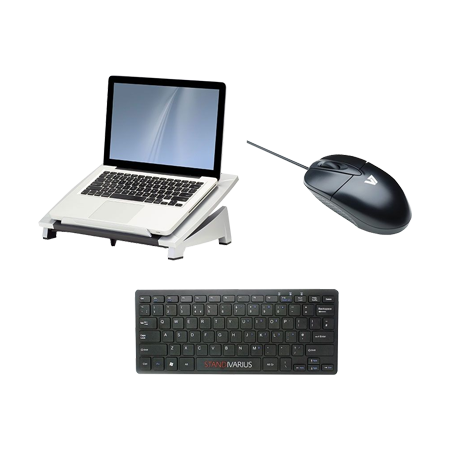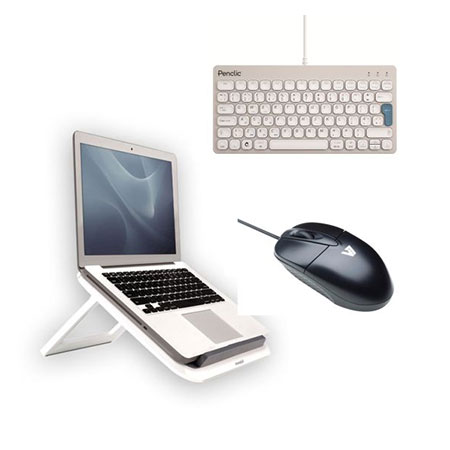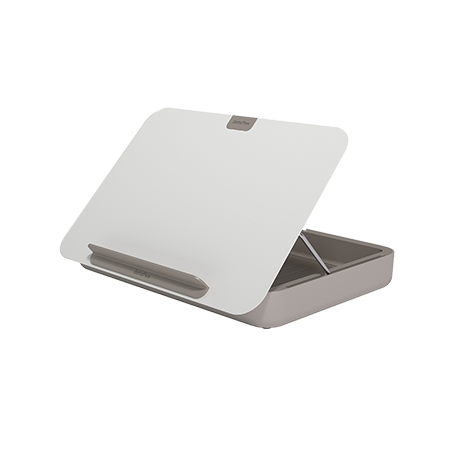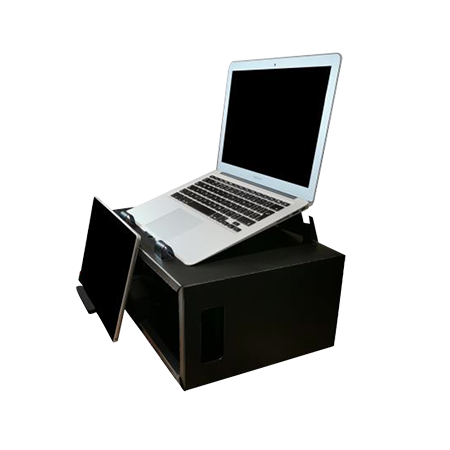Explore our home study ideas to create an inspiring area in the home devoted to reading, learning and working.
A study is a comfortable room or area of the home where you can read, revise, think and work in peace. A carefully designed study office, complete with ergonomic equipment, furnishings and decorative details, can help boost your health, happiness and productivity while working from home.
What is the difference between a study and a home office?
A home office is a room dedicated to working — usually at a computer. A study is a more relaxed environment for work, reading, learning, solitary thought and quiet recreational activities. Usually, a study contains bookshelves, inspiring wall art and a mixture of soft furnishings in addition to a computer desk and chair.
A study is the ideal place to set up your office area with all the equipment you need to carry out your job remotely.
Study office benefits
Stay focused and productive

Privacy away from distractions and noise

Inspiring, comfortable surroundings

Reference materials on-hand
Things you’ll need for your study office
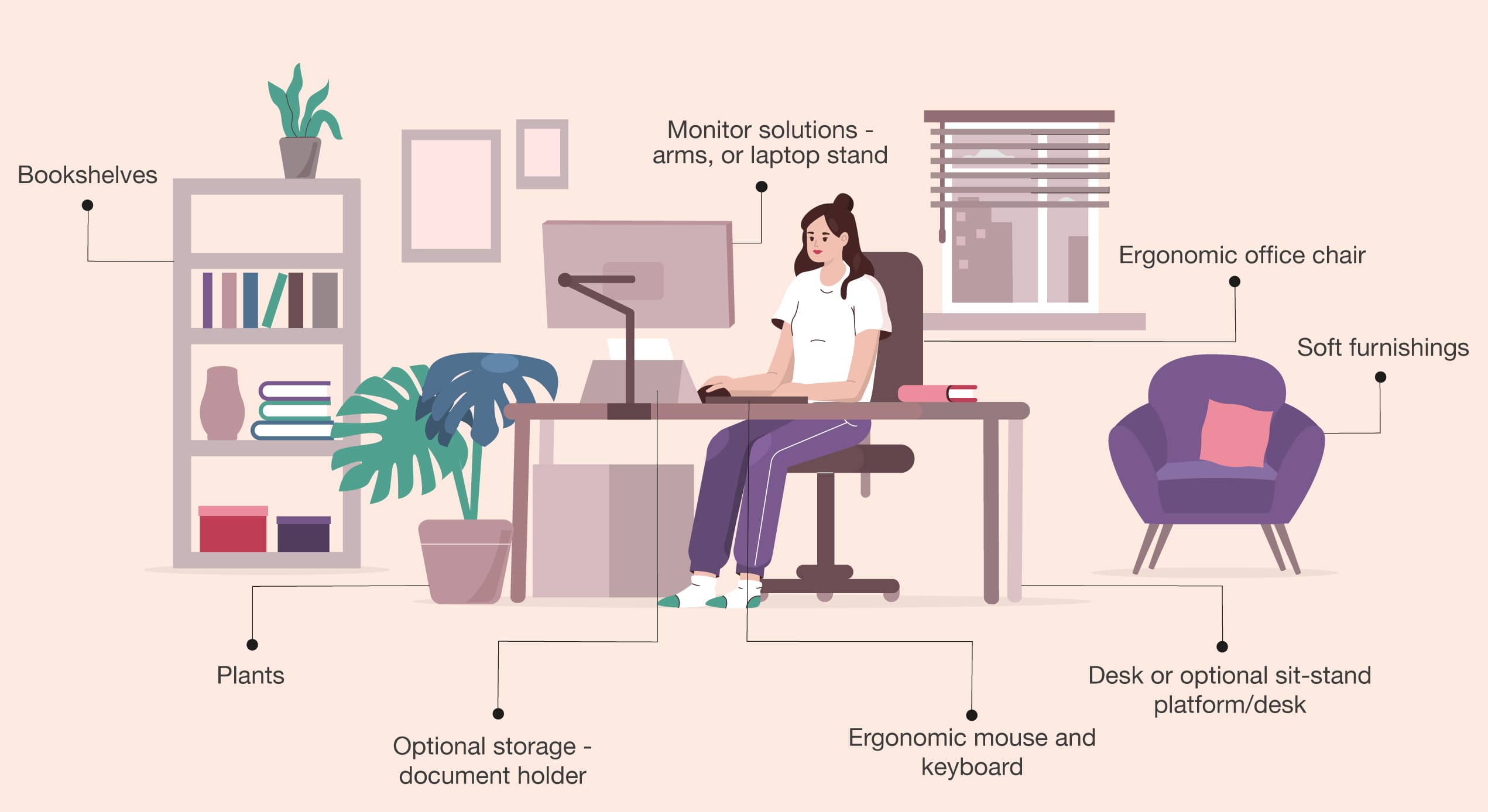
Study desk ideas
Popular study desks include antique writing desks and bureaus. While both of these study desks fit the classic study aesthetic, they may not be suitable for prolonged periods of work. Antique desks were designed for writing, not computer work, and they are often heavy, with thick, ornate frames and under-surface drawers that could get in the way of your leg room. Bureaus are essentially drawers with a hidden pull-out writing surface. While they may serve as a suitable place to use your laptop for short periods, they’re often too small to allow for good posture and ergonomic positioning.
If you’re working for more than 15 minutes at a time, we recommend you invest in a fully ergonomic workstation adjusted to your body measurements. Modern ergonomic desks are designed with computer-users in mind.
The height, size and thickness of the surface you work at can affect your posture
Keep in mind:
- The top of your desk should be no thicker than 70 mm so you can easily fit your legs underneath and get closer to your computer equipment.
- For a good ergonomic position while using a computer, you’ll need a desk depth of 800 mm and a width of 1,200 mm.
- If you have a permanent desktop computer set-up, you may need cable management built into your desk as tangles of wires can restrict your space and positioning.
- How much height adjustment do you need?
Make sure you have enough space to set up correctly:
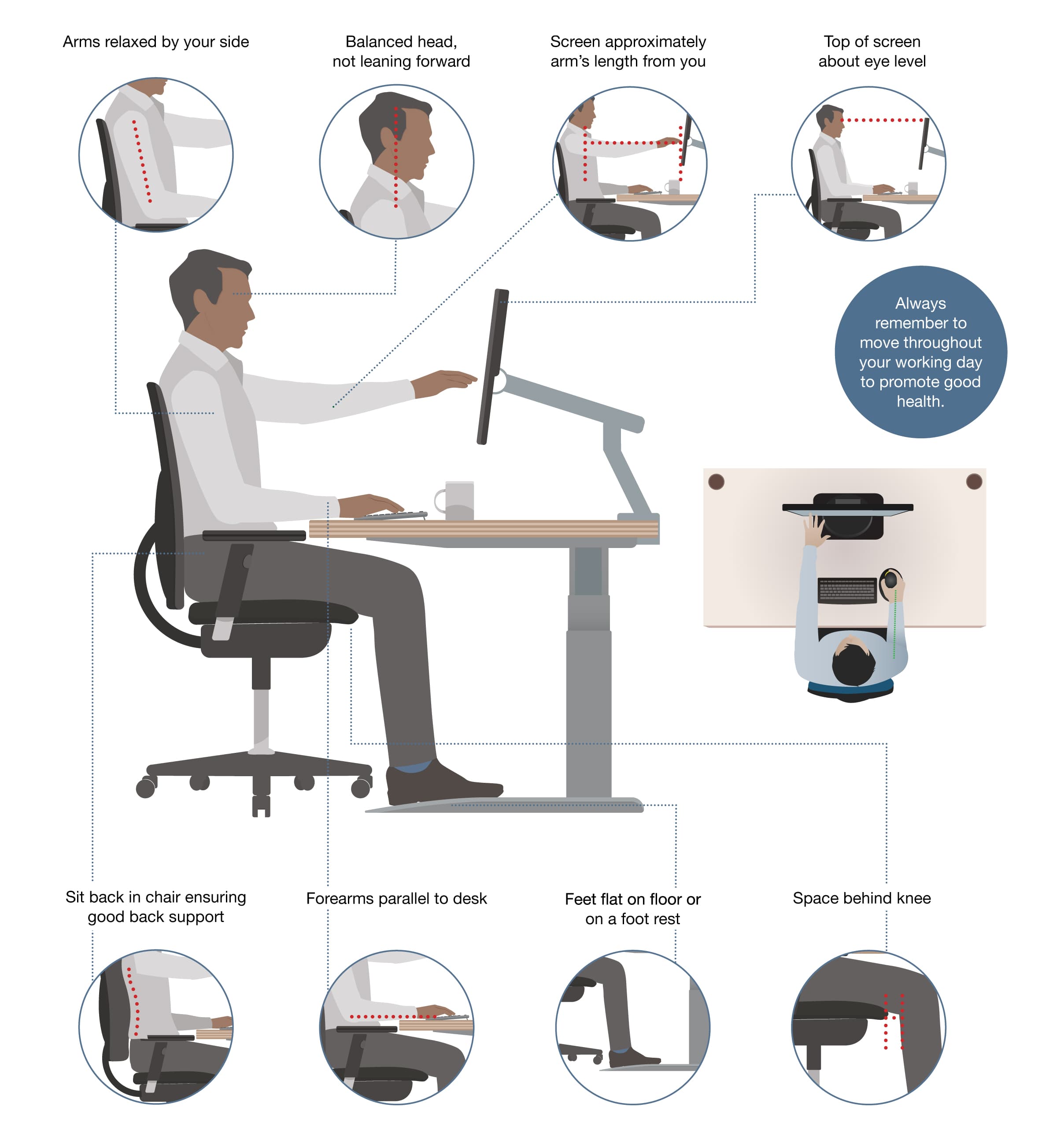
Study office desks
Our study office desks have been designed with home working in mind. Browse to find the perfect study office desk for the space you have and the tasks you carry out.
Study office sit-stand platforms
A sit-stand desk platform is a great option if you already have a study desk that you don’t want to part with. Simply place the platform on top of your existing surface to give yourself the option to sit or stand throughout the day.
Study chair ideas
As well as a choice of soft furnishings, it’s important to have an adjustable desk chair for your study office. Your antique desk chair may look striking — but does it meet these requirements for an ergonomic workstation?
- It should allow you to adopt a suitable, supported, comfortable position.
- It needs to be stable.
- It should have swivel capability on a 5-star base.
- Seat height and depth adjustability.
- Back height and tilt adjustability.
For the perfect blend of striking, luxurious aesthetics and complete adjustability, we recommend using an ergonomic executive chair.
What is an executive chair?
An executive chair is a high quality, tall-backed office chair providing comfortable, padded support to the entire body. They are usually constructed with top spec materials, offer lumbar support and an impressive array of adjustment features.
Benefits of choosing an executive chair in your study office
- Choose your own specifications to create a bespoke design, from back height and fabric type, to foot base finish.
- Multiple adjustment options so you can play with your study chair until it perfectly supports you in all the right places.
- Create a lasting impression - executive chairs are designed to look good, ideal for your striking home study office decor.
- Improve posture and lower your risk of aches, pains, injuries and long-term health problems.
- Long-lasting reliability - our executive chairs often come with generous guarantees (up to 10 years).
Study office accessories
Once you’ve equipped a corner of your room with a study office desk and equipment, you’ll need ergonomic accessories and places to store your work things.
Try not to let your study office desk become cluttered. The more space you have on your surface, the easier it’ll be to adjust your screens, keyboard and mouse to find comfortable working positions throughout the day. While adding plants can boost your productivity, consider using wall-mounted shelves instead of cluttering your desk.
Study office mice, keyboards and laptop stands
Study office storage solutions
Tips for working productively in your study office
Now that you’ve created a functional ergonomic office in your study, it’s time to get to work. But it’s not always easy to be productive when you’re working from home. Here are our top tips for being productive without burning out in your study office:
1. Keep a daily cleaning ritual
A cluttered environment can affect your wellbeing. Studies can accumulate books and personal items which naturally collect dust. Dust can create a stuffy, stagnant atmosphere that makes it harder to focus.
Morning: air out the room by opening the windows and tidying away any clutter before you start work.
Evening: put your work things away out of sight and wipe down your workstation and equipment.
2. Get moving every 30 minutes
It’s important to move and stretch regularly if you’re working for long periods. Regular physical activity, even if it’s only gentle, will help improve your health and focus. Use a sit-stand desk, or set an alarm to go for a brisk walk around the house every half hour.
3. Venture out on your lunch break
No matter how focused and dedicated you are to your work, it’s important to have a change of scene. Eat your lunch in another part of the home or — even better, head outside for a walk and enjoy the reviving benefits of nature.
4. Tidy away work equipment after use
Form a psychological barrier between work and home life by physically hiding your work equipment. Put loose papers and stationery into a drawer, or arrange them in a neat pile. This way you won’t be reminded of work tasks if you plan to relax in your study for the evening.
5. Don’t work for too long on soft furnishings
It may be tempting (and look comfortable) to work from your sofa or armchair sometimes, but try not to do it all the time. Soft furnishings often lack the appropriate support for your back, so over time musculoskeletal disorders can develop.
Need more small office inspiration?
A study office may not be the best option for you. Discover how to transform your living room, bedroom, or spare room into a healthy, comfortable, inspiring space where you can work from home.














